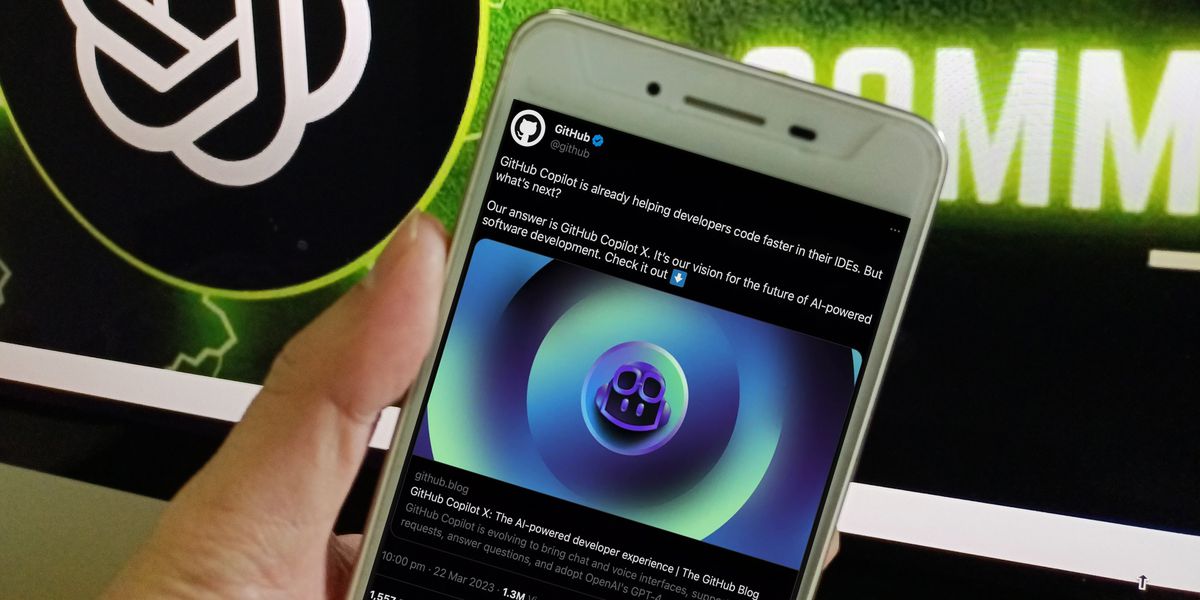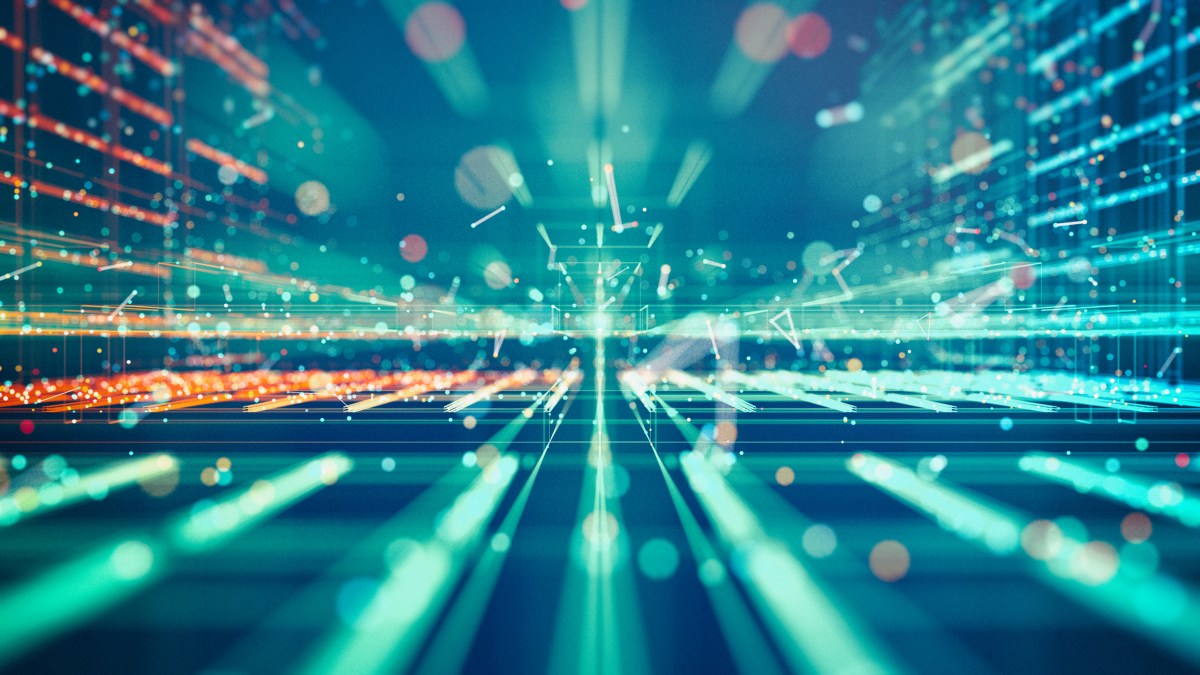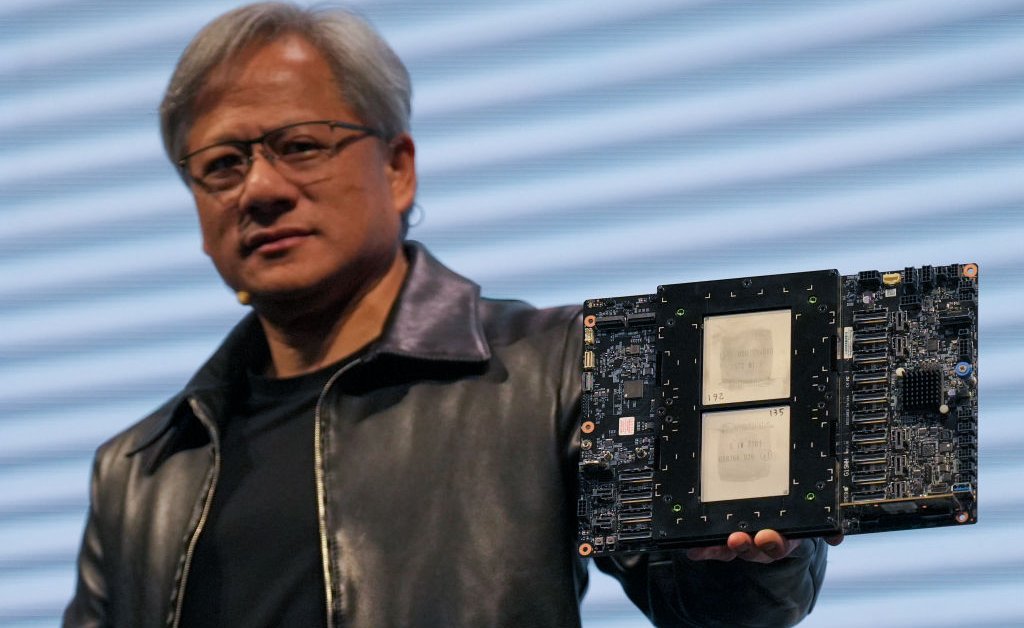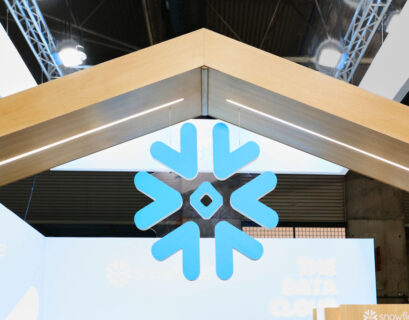A small, fluffy creature gazes in awe next to a glowing flame, while within a swirling coffee cup, two miniature pirate ships engage in combat. Beneath the ocean’s sandy bed, an octopus gracefully maneuvers, and a playful Dalmatian puppy joyfully leaps between windowsills. These scenes are part of a series of demonstration videos featuring OpenAI’s latest creation, Sora, unveiled recently, capable of transforming brief text prompts into captivating minute-long videos.
Although the AI model is not yet accessible to the general public, OpenAI has shared these videos along with the corresponding prompts that inspired them. The unveiling sparked immediate reactions, with headlines describing Sora as “mind-blowing,” “unsettling,” and “astonishing.”
According to OpenAI researchers Tim Brooks and Bill Peebles, the name “Sora,” derived from Japanese meaning “sky,” was chosen to underscore the concept of boundless creative potential. Additionally, Sora is referred to as a potential “world simulator,” aiming to evolve into a sophisticated system capable of generating detailed simulations of both physical and digital environments, including the entities that inhabit them.
Despite the impressive demonstrations of Sora’s capabilities in the provided videos, OpenAI’s technical documentation acknowledges several limitations. While Sora can accurately depict certain scenarios, such as the impact of a brush on a canvas or the aftermath of a bite on a sandwich, it struggles with modeling the physics of more complex interactions like shattering glass. Instances of objects or individuals appearing and disappearing unexpectedly, as well as instances of “hallucinations,” highlight the model’s current constraints.
Some experts, like Gary Marcus, have expressed skepticism regarding Sora’s potential to accurately simulate the laws of physics. However, similar to the progress seen with models like DALL-E and ChatGPT, there is optimism that Sora can improve over time. As Sora aims to become a comprehensive “world simulator,” questions arise about the nature of the world it envisions and replicates.
OpenAI has been relatively secretive about the specifics of Sora’s training data, making it challenging to assess potential biases embedded in the model. Given the history of AI bias and its implications, concerns persist about the ethical implications of deploying such advanced AI systems without thorough scrutiny.
The realism exhibited in Sora’s videos has garnered praise, yet it also raises concerns among experts in disinformation. The ease with which AI-generated content can be manipulated to deceive or harm individuals underscores the importance of responsible deployment and oversight of such technology.
To address these concerns, OpenAI has restricted access to Sora for evaluation purposes, engaging domain experts to assess its safety and potential risks. As the boundaries between human creativity and AI-generated content blur, questions emerge about the impact on creative professionals and the potential displacement of their roles by AI tools like Sora.
In the quest for innovative applications of AI, it is essential to navigate the ethical considerations and societal implications that accompany advancements in technology.










